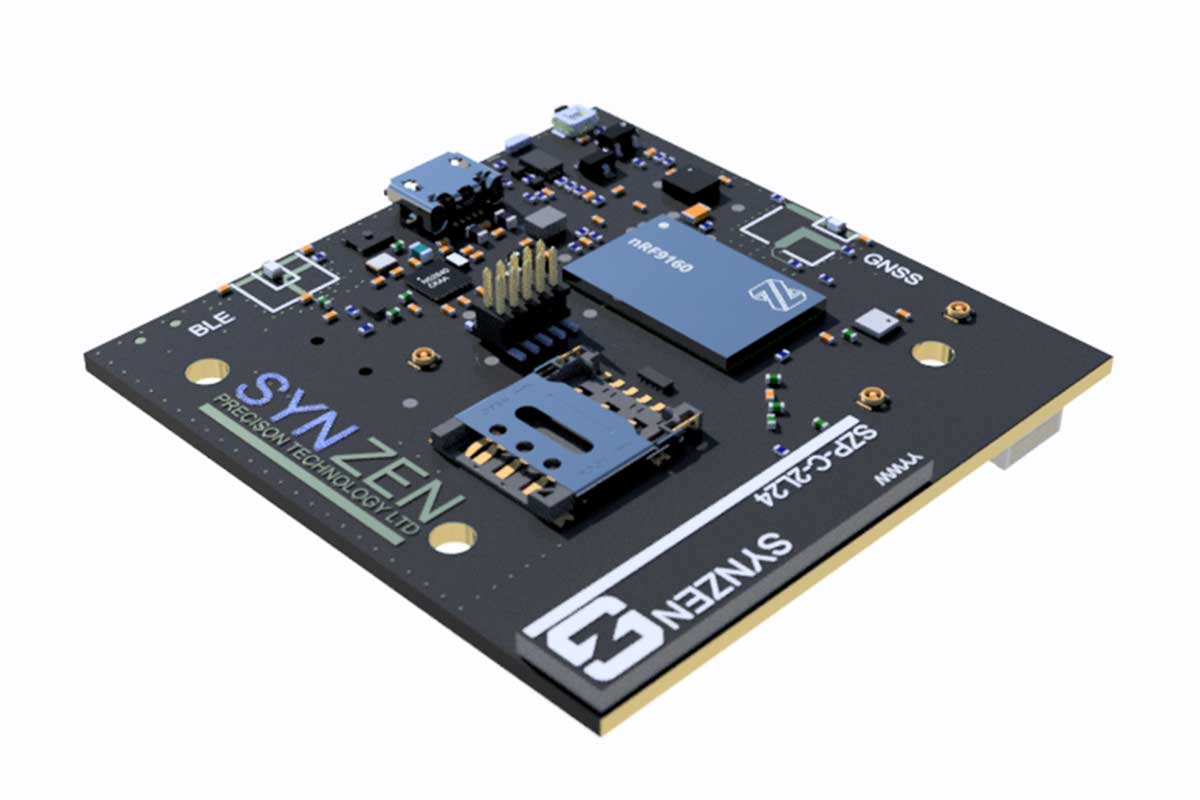Article Date: 17 June 2024
The Internet of Things (IoT) has rapidly transformed from a concept to an integral part of modern life. However, as the number of IoT devices continues to grow exponentially, traditional cellular networks face significant challenges in providing reliable, low-power, and cost-effective connectivity.
This is where NB-IoT (Narrowband Internet of Things) emerges as the leading low-power wide-area network (LPWAN) technology poised to revolutionise the IoT landscape. This article explores the intricacies of NB-IoT, delving into its functionality, advantages, challenges, and real-world use cases.
Table of Contents
2. What are the advantages of NB-IoT?
3. NB-IoT applications and use cases
4. What are the limitations of NB-IoT?
NB-IoT is a cellular radio technology standard developed by the 3GPP to enable efficient communication for IoT devices. It is designed specifically for applications with stringent requirements like low power consumption, strong indoor coverage, and support for massive connection density.
Unlike traditional cellular networks designed for voice and data services, NB-IoT operates in a narrower bandwidth (200 kHz) optimised for applications that require sending small packets of data over long distances with minimal power usage, such as sensor readings or status updates from IoT devices.
NB-IoT leverages existing LTE infrastructure by using resource blocks inside a normal LTE carrier, enabling deployment alongside 2G/3G/4G cellular mobile networks. NB-IoT systems consist of specialized low-power devices/sensors designed to collect data from their environment and transmit it to NB-IoT base stations. Each base station connects to an IoT gateway linked to cloud application servers, allowing centralized device monitoring and data analysis.
The optimized protocol stack of NB-IoT enables extended battery life of over 10 years for many IoT applications. Devices can enter deep sleep or power saving modes for long periods of time between transmissions to preserve battery.
So in essence, NB-IoT combines the strengths of cellular networks with the low power and low cost requirements of IoT connectivity — opening up new possibilities for large-scale IoT deployments across different industries.
NB-IoT has a wide range of applications across various industries, enabling new levels of connectivity and automation. Here are some notable use cases:

As you can already see, NB-IoT has a number of features that make it an ideal choice for many IoT applications. However, before you choose it for your project, there are some key disadvantages or limitations that you might need to think about:
These limitations highlight the importance of carefully evaluating the specific requirements of an IoT application before choosing NB-IoT as your connectivity solution. In some cases, you might be better off considering alternative technologies like LTE-M, LoRaWAN, Bluetooth Low Energy, or Ultra-wideband if the constraints of NB-IoT do not align with your application's needs.
While NB-IoT and LTE-M (also known as LTE Cat-M1 or eMTC) are often mentioned together as complementary LPWAN technologies, they have distinct characteristics that cater to different IoT use cases.
LTE-M offers higher data rates, lower latency, and greater mobility support compared to NB-IoT. However, NB-IoT provides better link budgets for enhanced coverage and lower device complexity/cost. Both technologies offer extremely low power consumption with battery life of up to 10 years depending on the use case.
Essentially, LTE-M is geared more towards mobile, delay-sensitive applications requiring higher throughput like health monitors or vehicle telematics. NB-IoT excels at stationary, delay-tolerant, low data rate projects for things like sensors, meters, and asset trackers.
For those considering implementing an NB-IoT connectivity solution, Synzen Precision Technology provides a compelling offering with their SYNPLICITY development platform. The SYNPlicity1 kit features the powerful Nordic nRF9160 SiP with integrated LTE-M/NB-IoT and GNSS.
But what really sets it apart is Synzen's custom ATRIA antenna which is pre-certified to operate over the LTE-M and NB-IoT bands with no additional multi-band switching required. This breakthrough antenna design enables a much more compact, streamlined device footprint.
The development kit also bundles Synzen's high-performance BLE and GNSS antennas, environmental sensors, accelerometers, and a rechargeable Li-PO battery — providing a truly comprehensive NB-IoT reference design. Full Altium design files, software, and documentation are included to jump-start prototyping quickly.
With this unified, pre-integrated platform, companies can rapidly create NB-IoT products optimized for low power operation without extensive RF expertise in-house. Synzen has done the complex antenna integration and system-level work upfront.

As the IoT ecosystem continues to expand, the demand for reliable, low-power, and cost-effective connectivity solutions will only grow. NB-IoT is well-positioned to meet this demand, with major telecommunications providers and equipment manufacturers already investing heavily in its deployment and development.
We can expect to see continuous enhancements to NB-IoT standards with improvements like better location tracking, voice/mobility support, and further power efficiency gains. The technology's interoperability with existing cellular infrastructure provides a strong roadmap for seamless scalability.
As costs continue to decrease and more turnkey solutions like Synzen's become available, NB-IoT will likely see widespread proliferation across industrial sectors, smart cities, utilities, agriculture, and consumer applications. Its powerful combination of low power, extended range, and massive scalability position NB-IoT as a frontrunner for enabling the billions of interconnected IoT devices envisioned for the future.
If you are exploring cellular IoT connectivity for your products or industrial solutions, NB-IoT is definitely a technology to strongly consider. Our team of experienced engineers are always more than happy to chat with you and answer your questions. Click here to arrange a free consultation.
If you would like to get in touch with us, please do so using the short form .
9F, No. 34, Lane 513, Ruiguang Rd, Neihu District, Taipei City, 114687
Contact Us
Please fill in the short form below for any enquiries.